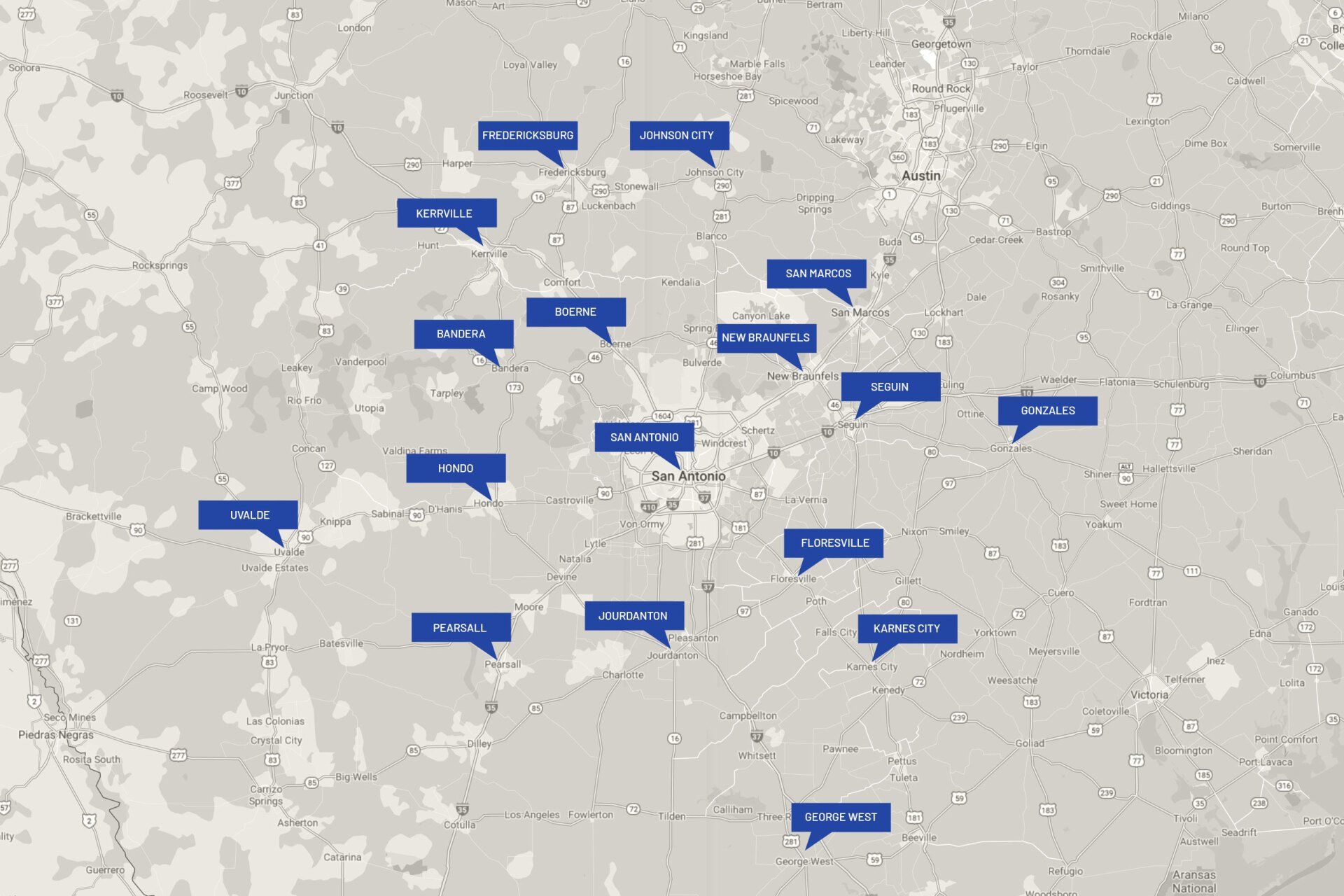Identifying Types of Foundation Damage in Your Home
A robust foundation is essential for the stability and safety of any residence. It supports the entire structure, guaranteeing it withstands various environmental challenges while remaining secure and level. However, foundations can sustain damage due to several factors, such as soil conditions, moisture, and extreme weather events. Recognizing the signs of foundation damage early can save you from costly repairs and structural issues down the line. This blog post explores the common types of foundation damage, their causes, and signs you should look out for.
Soil Shifts and Settlement
Causes
The composition of the soil, which can vary from clay to sand to loam, affects how well it can support the weight of a structure. Additionally, the moisture content of the soil is another crucial aspect, as changes in moisture can cause the soil to expand or contract, leading to instability. The method of soil compaction during the construction process also plays a vital role. Additionally, and commonly in south central Texas, soil injections of high nitrogen based chemicals are implemented that help repel water and reduce soil volatility. Proper compaction along with injections helps to reduce the risk of soil shifts and settlement, which can cause serious damage to the foundation over time. Understanding these factors is essential for maintaining the stability and durability of any building.
Signs
Be vigilant for uneven floors, cracks in the foundation or walls, and doors or windows that jam or fail to close properly. This shifting can compromise the structural integrity of your home, potentially leading to costly repairs if not addressed promptly. It's important to regularly inspect your property for these issues and consult with a foundation repair professional if any signs of uneven settlement are observed.
Water Damage and Erosion
Causes
Improper drainage systems, instances of pooling water, or continuous periods of heavy rainfall can result in soil fluctuation and erosion. This accumulation of water can significantly affect the integrity of the foundation over time. As the water pools, it can begin to heave the foundation, gradually weakening the foundation's ability to bear the structure's weight. In areas where proper drainage is lacking, erosion can begin to occur around the slab causing heaving heaving, followed by an immediate elevation loss as the rain subsides and the soils contract.
Signs
Visible signs of potential foundation or drainage issues include pools of water accumulating around the house, particularly noticeable after rainfall, which can indicate improper drainage. A mini trench around the perimeter of the structure directly below the roof line due to a lack of gutters. Additionally, cracks in the exterior walls or foundation may signal structural weaknesses, requiring immediate attention. The presence of interior tile cracking, vinyl floor separation, or similar are signs of compromise in the structure's integrity.
Tree Root Intrusions
Causes
Planting large trees too close to a home can inadvertently lead to significant foundation issues over time. As the roots of these trees grow and expand, they can begin to push against the foundation of the house. This pressure can result in the foundation cracking and shifting, which compromises the structural integrity of the home and can lead to costly repairs. Adversely, tree roots can extract water in the perimeter of a foundation causing the soils to contract and the foundation performance to be negatively affected. Homeowners need to consider the mature size of trees before planting them near their homes to avoid such issues. Lastly, invasive tree roots can find micro fractures in plumbing lines under the slab. The roots will penetrate these cracks and cause even greater damage, costing homeowners thousands or dollars in repairs.
Signs
If you notice visible tree roots near your foundation or cracks forming on the side of your home closest to large trees, root intrusion could be the culprit.
Poor Construction Techniques
Causes
Unfortunately, not all homes are built on a solid foundation. Poor construction techniques, inadequate soil analysis, or cutting corners can leave a foundation weaker and more susceptible to damage.
Signs
Excessive settlement occurring within a short period after completion, manifesting as uneven floors alongside a significant number of cracks in both the foundation and walls, can serve as telltale signs of substandard construction practices. These indicators suggest a lack of attention to detail and potentially cutting corners during the building process, which can compromise the structural integrity and safety of the property.
Early detection and intervention can prevent minor issues from becoming major foundation failures. If possible, homeowners should conduct regular inspections, especially if their home is located in areas prone to extreme weather, near large trees, or on problematic soils. When building a new home, ensure that inspections occur after the slab is poured and a second inspection after the framing is erect. Understanding the types of foundation damage and their signs can empower homeowners to maintain the longevity and safety of their homes. If you suspect your home has foundation damage, contact Risen Foundation Solutions for help to assess damage and discuss repair options.
















